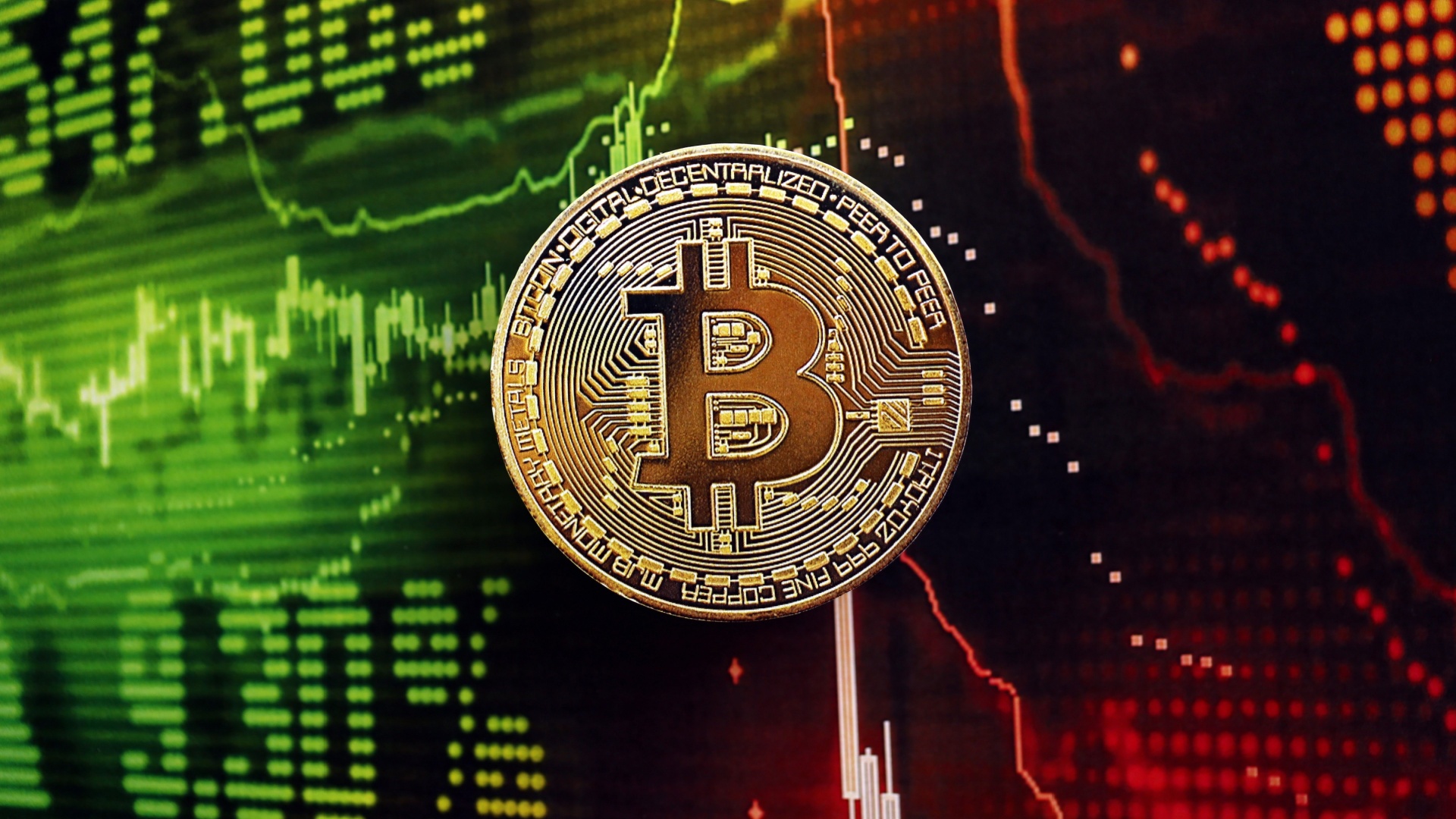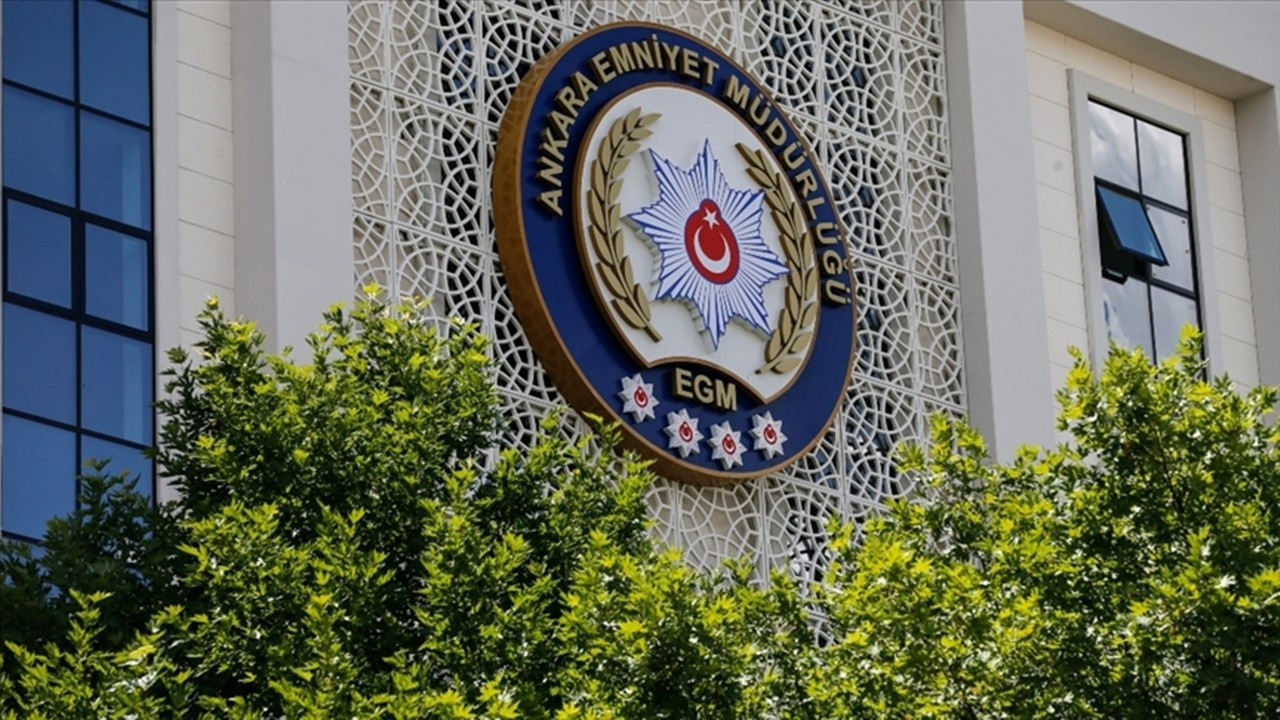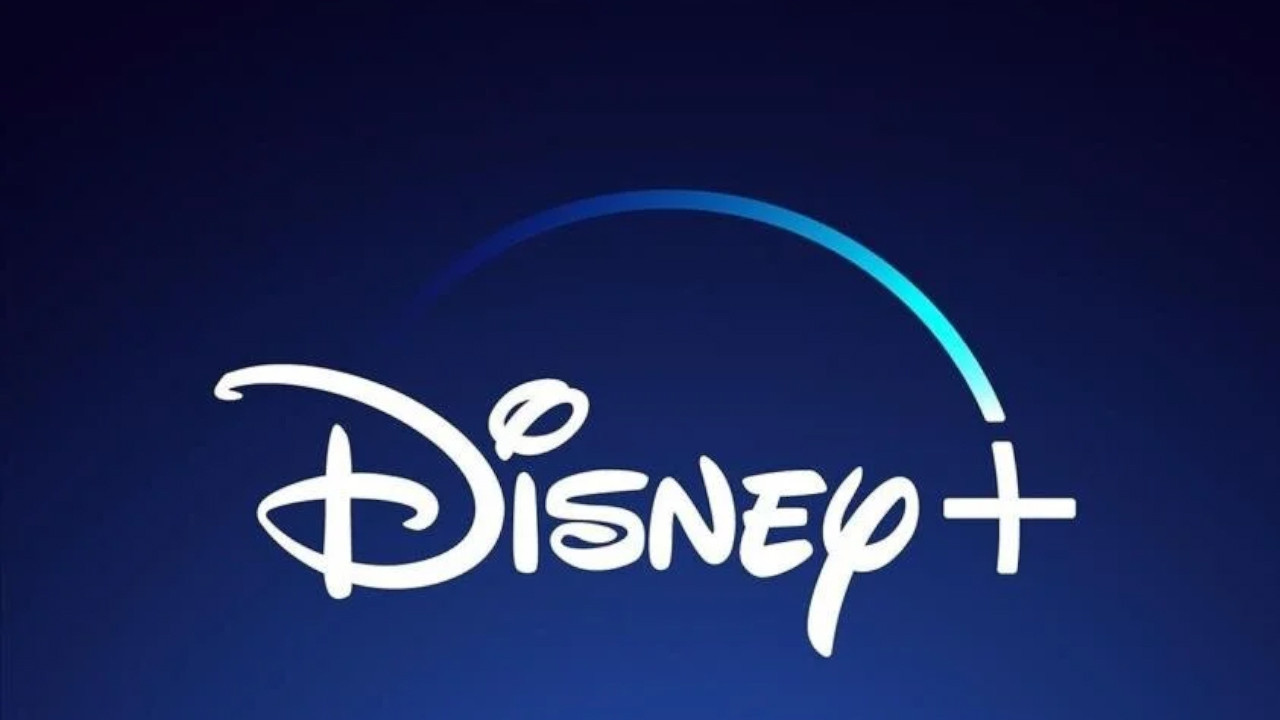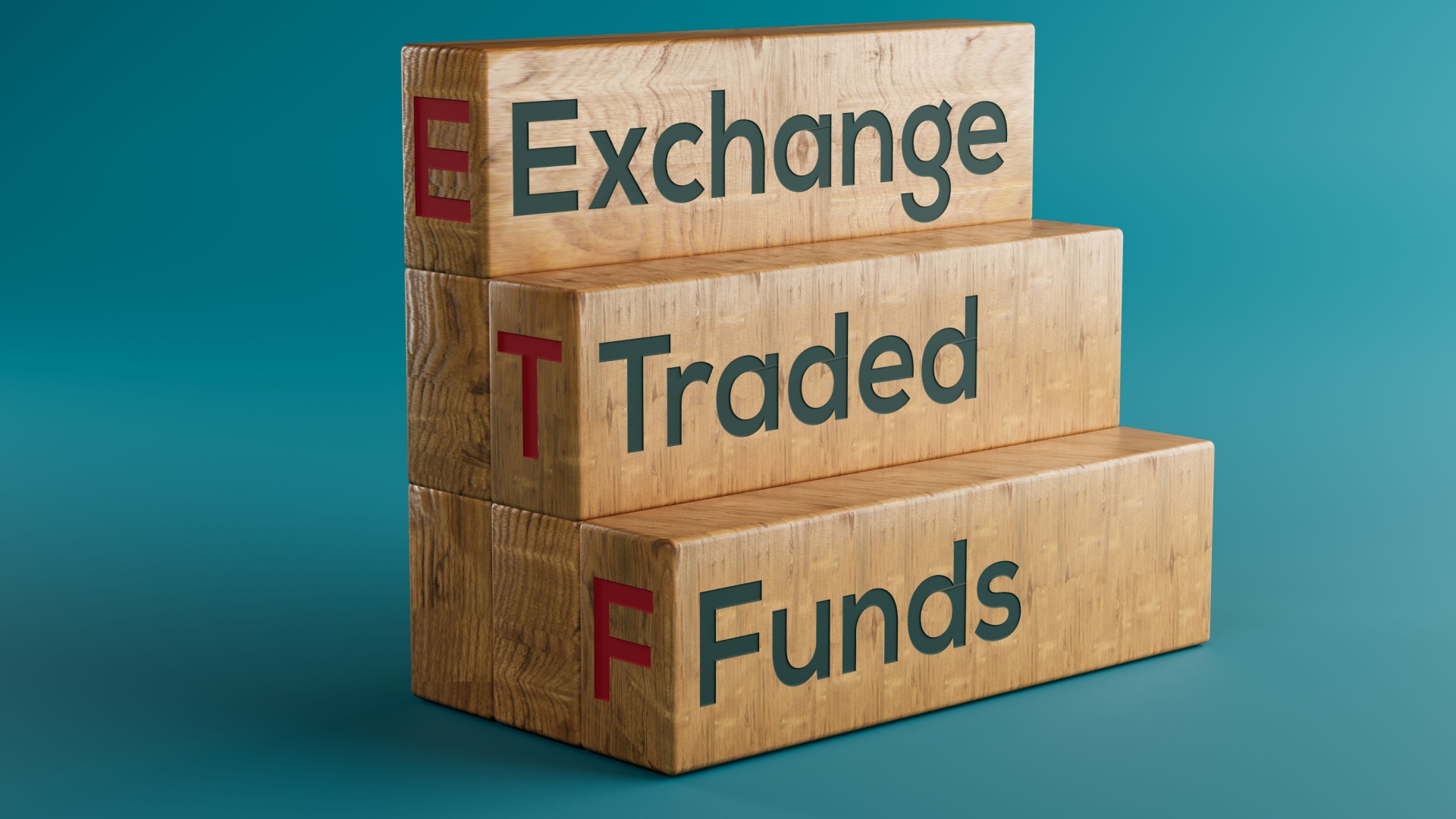The Fed does not need to rush
Wall Street experts say the U.S. Federal Reserve (FED) will not cut interest rates until the size and scope of the tariffs are clarified, a strategy aimed at reducing uncertainty in the economy.
While signals of slowing inflation and a recovery in consumer confidence in the US are strong, the labour market remains stable. But as the net effects of the tariffs are not yet clear, the Fed managers will maintain an “observer” position.
At the macro level, tariffs affect both commodity prices and business inventory strategies, creating bidirectional uncertainty over both inflation and growth. In this environment, the Fed's monetary policy tends to remain static until significant data arrives.
In market dynamics, an interest rate cut is expected in September; however, July is unlikely. Investors are accustomed to the “wait-see” period, and sudden changes in interest rates can psychologically create volatility in the markets.
Uncertainty and Tariff Effects
Fed officials do not look warmly at the policy change without revealing the effects of tariffs on inflation, growth and the labor market. Especially the signals about how these tariffs will be reflected in domestic prices are not strong enough.
Economic Dimension of Tariffs
Basic tariffs of 10% are still in force, with some countries subject to special tariffs. Although it is announced that tariffs between the US and China will total 55%, independent analysis shows that it is actually around 33%.
Market Expectations and Timing
According to CME data, the probability of a reduction in July is around 25%, while the expectation for September is around 70%. It is noted that a Fed rate cut before July seems unlikely until there is a marked deterioration in the labor market.
Balance of Risk and Opportunity
Tariffs, both potential price increases on inflation and make businesses cautious in their investment, inventory strategies. This could lead to a cooling of the labor market, which influences the Fed to “stick to tight monetary policy.”
Market Reaction and Expectation
The markets are looking certain that interest rates will remain stable, but some experts emphasize that this recession will increase the risk that the Fed will be late over time. On the other hand, if strong data continues to arrive, policy change can be left to safer times.
🧠 Expert Review
The Fed's cautious wait for now makes sense in this inflation-tariff dilemma, where the environment of uncertainty persists. In the short term, a fixed interest rate policy can limit volatility in the markets; in the medium term, it is risky to make decisions without clear data. In the long run, once the impact of tariffs on inflation becomes clear, it would be healthier for the Fed to go for a policy change.
🛑 Disclaimer
This content is created by Investment Desk AI and does not constitute investment advice. You should make your decisions based on your own research and expert advisors.
stock market, usa stock news, stock news, breaking news, interest rate policy, FED trends, tariffs impact, inflation outlook, labor market, market expectations, investment strategy
⚖️ Yasal Uyarı:Bu içerik yatırım tavsiyesi niteliği taşımaz. Yatırımlarınızla ilgili kararlarınızı kendi araştırmalarınız ve risk profilinize göre almanız önerilir.
fed interest rate decision what happens fed interest rate hike reduction doves hawk interest rate policy, tariffs effect, inflation outlook, labor market, market expectations wall street




















.png)